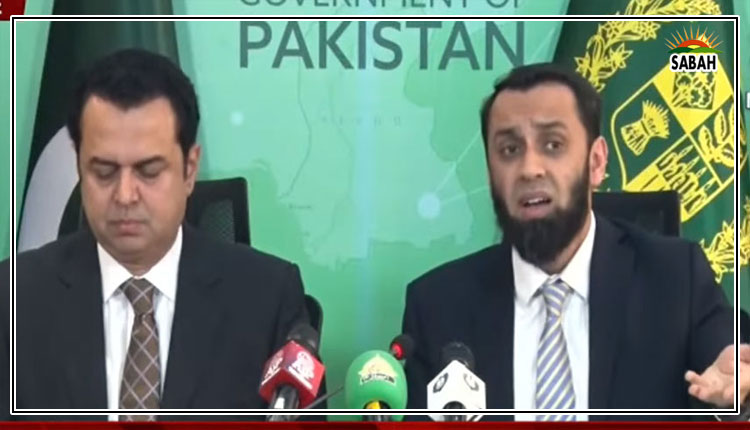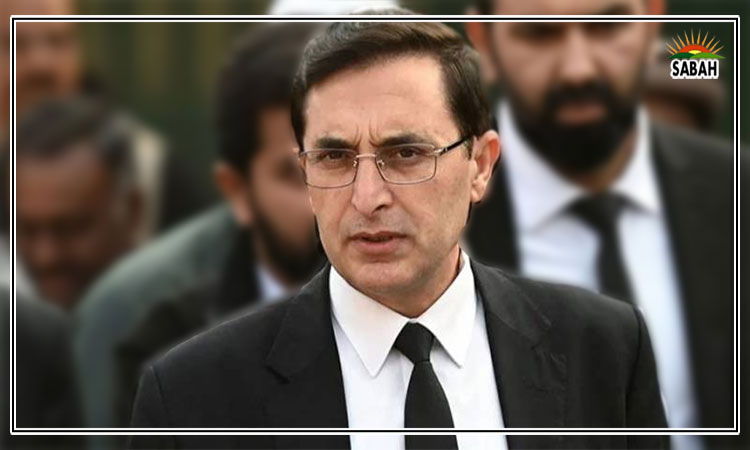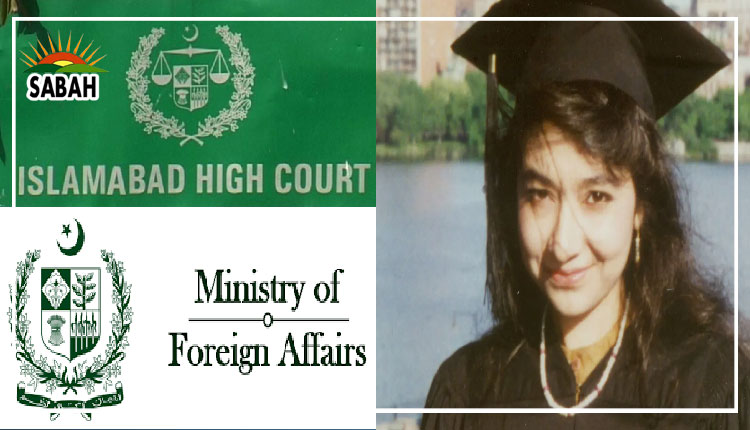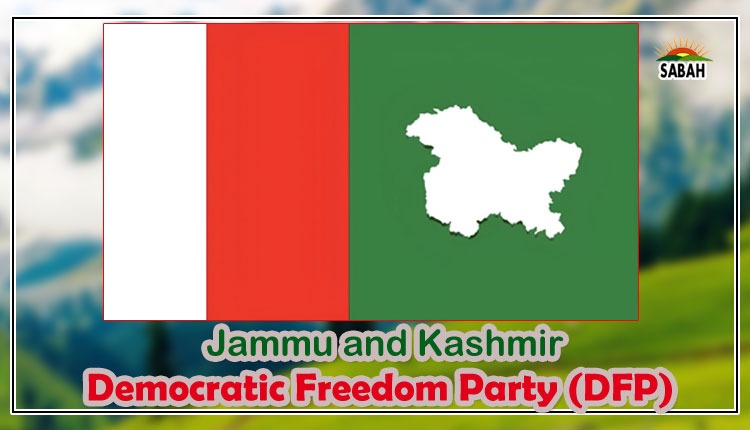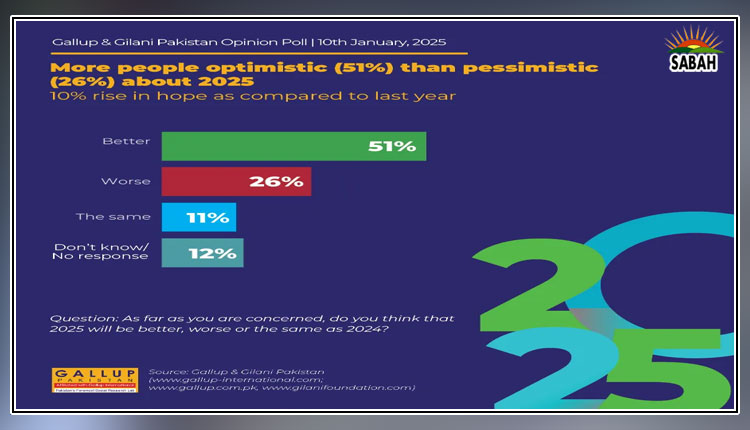Devastated by disaster…Rafia Zakaria
By the end of the day on Monday, the government of Turkiye had declared seven days of mourning. At that time, people were still being pulled from the rubble of not one but two major earthquakes the first occurring at 4:17 a.m. local time and measuring 7.8 and 7.5 in magnitude. Either one could be among the 20 worst earthquakes ever recorded.
Turkiyes defence minister solemnly noted that it was the most powerful one to hit the country in at least 80 years. Ten cities in Turkiyes south were impacted and 13 million people have been affected. As the sun set on Monday night, many of them were sheltering under the open sky, even as temperatures fell far below freezing. The situation is expected to be even worse in northern Syria, which has no infrastructure to conduct coordinated search-and-rescue operations.
Even from afar, it is hard not to be shaken by the sheer scale of a catastrophe such as this one. Running search-and-rescue services in just one city is difficult enough; the effort required to do so in 10 cities seems nearly impossible. Add to that the fact that there was not one earthquake but two of them, and one cannot but be aghast. Moreover, aftershocks are certain to occur for days and weeks ahead.
When all is said and done, the death toll will likely be in the tens of thousands, not least because the earthquake happened at a time when most people were in their homes and asleep. The time for Fajr prayers in southern Turkiye is not until around 6 a.m. so there was some time to go before people awoke for them. CCTV camera footage which caught the event shows the earth shaking with terrific violence, buildings collapsing and enormous cracks appearing in the midst of roads.
The area of eastern Turkiye has been the site of human habitation since the earliest days of humankind. In the southern city of Gaziantep, Gaziantep castle began as an observation point as far back as the 15th or 16th CE under the Anatolian people known as the Hittites. Fortified during the Roman Empire, it was expanded by the Byzantine Emperor Justinian around 527 AD. The castle, which looked down at the city from its position on a high promontory at the centre, was all but destroyed in Mondays earthquake. According to reports, some of its bastions collapsed and chunks of it were flung into the road below. The iron railings around the court were also damaged and scattered on the pavement. Preserved as a historic site, the castle housed a museum in the recent past.
The Anatolian region where the earthquake struck is particularly susceptible to earthquakes, because the Anatolian plate sits between three major tectonic plates the African, Arabian and Eurasian. Earthquakes have been recorded here since antiquity. The recent earthquake and the aftershocks occurred along or in the vicinity of the East Anatolian Fault Zone with the Anatolian plate in some places moving past the Arabian plate by nearly three metres. This caused the earthquake to be violent and catastrophic.
Pakistan is no stranger to similar disasters, given that the Himalayas to its north are young mountains with continuing seismic activity. Watching the horrific footage of buildings collapsing in Turkiye brought to mind the terrible collapse of Islamabads Margalla Towers in the earthquake that struck Pakistan in 2005. As late as October 2017, survivors of the collapse which killed over 70 people were complaining about how the 1,600-page report produced by the prime ministers fact-finding commission had not been made public, which prevented responsibility for the disaster from being fixed. Iftikhar Chaudhry, a survivor, was reported as saying that the residential high-rise among the capitals first was originally supposed to be five storeys high but that two storeys were added later.
Meanwhile, the instructions of the chief justice of the Supreme Court at the time had been that buildings in the capital should be constructed with the capability of withstanding an earthquake of 9.0 magnitude. It can safely be assumed that post 2005, construction in the capital does not meet this requirement. Many innocent citizens were likely saved by the fact that there were not that many high-rises at the time. The greed and graft and lack of oversight in the corridors of power that has prevented the government report on the Margalla Towers incident from being made public, guarantees that the same carelessness has been at play even after the earthquake.
The total death toll in Pakistan in 2005 was over 75,000 people with 100,000 injured. It is likely that the Turkish earthquake, given it is spread over such a large geographical area and that a good bit of it was densely populated, will be greater than even this. Luckily, Turkiye seems to have a better emergency response system than Pakistan and much of it has already been put into motion. Aid from the international community something Turkiye does not usually accept is also being urgently deployed, particularly from countries like Japan and others that have expertise in rescue operations. Across the border in war-ravaged Syria, the lack of information signals that the situation is likely even worse than that in Turkiye.
Pakistanis should ask their government about the measures that have been put in place to protect them if such an earthquake strikes the country again. How many government and other public buildings are being constructed according to building codes that makes them earthquake-resistant? Even more crucially, what criteria are being applied to the fast-proliferating high-rises all over Pakistan? The situation in Turkiye is heart-shattering, the suffering unimaginable. Earthquakes cannot be prevented but the truth can be told and questions asked. In Pakistan, the time to do that is right now.
Courtesy Dawn


